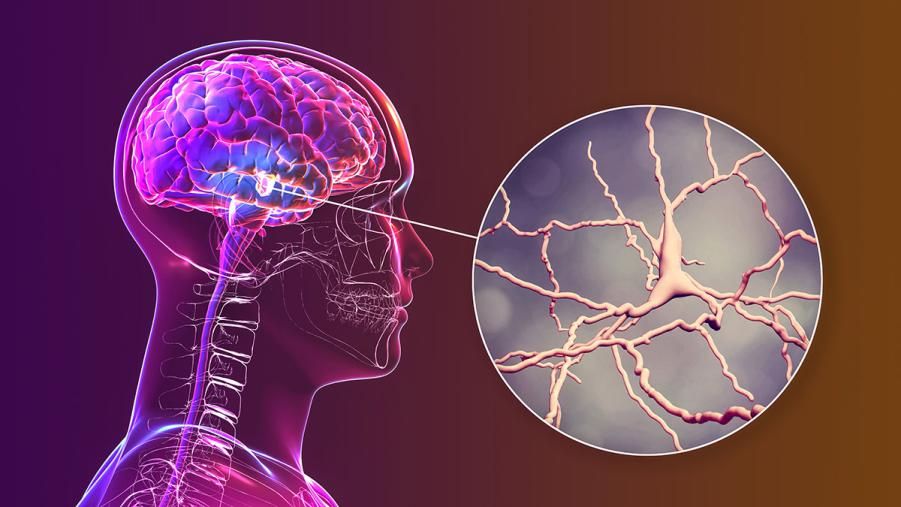What Are the Costs of Parkinson's Disease Medicaid?
Parkinson's disease is a progressive neurological disorder that affects movement, balance, and coordination. It is the second most common neurodegenerative disorder after Alzheimer's disease, and it affects an estimated 1 million people in the United States.

The costs of Parkinson's disease are substantial, both for individuals and for society as a whole. In 2017, the total cost of Parkinson's disease in the United States was estimated to be $25.4 billion. Of this amount, $14.4 billion was attributed to direct medical costs, $8.1 billion was attributed to indirect medical costs, and $2.9 billion was attributed to non-medical costs.
Direct Medical Costs
Direct medical costs are those that are directly related to the medical care of Parkinson's disease patients. These costs include:
- Hospitalizations: Parkinson's disease patients are frequently hospitalized for a variety of reasons, including pneumonia, urinary tract infections, and falls. The average length of stay for a Parkinson's disease patient is 7.5 days, and the average cost per day is $2,500. This results in a total hospitalization cost of $18,750 per patient.
- Physician Visits: Parkinson's disease patients see their doctors frequently for checkups, medication management, and other services. The average number of physician visits per year for a Parkinson's disease patient is 12, and the average cost per visit is $150. This results in a total physician visit cost of $1,800 per patient.
- Prescription Drugs: Parkinson's disease patients take a variety of medications to manage their symptoms. The average cost of prescription drugs for a Parkinson's disease patient is $2,500 per year.
- Nursing Home Care: As Parkinson's disease progresses, some patients may require nursing home care. The average length of stay in a nursing home for a Parkinson's disease patient is 2.5 years, and the average cost per day is $200. This results in a total nursing home care cost of $182,500 per patient.
Indirect Medical Costs
Indirect medical costs are those that are not directly related to the medical care of Parkinson's disease patients, but are still a result of the disease. These costs include:
- Lost Productivity: Parkinson's disease can lead to lost productivity at work. This can be due to absenteeism, reduced productivity while at work, or early retirement. The average cost of lost productivity for a Parkinson's disease patient is $20,000 per year.
- Caregiving Costs: Parkinson's disease patients often require assistance with activities of daily living, such as bathing, dressing, and eating. This care can be provided by family members, friends, or professional caregivers. The average cost of caregiving for a Parkinson's disease patient is $10,000 per year.
Non-Medical Costs

Non-medical costs are those that are not directly related to the medical care or indirect medical costs of Parkinson's disease. These costs include:
- Transportation Costs: Parkinson's disease patients may need assistance with transportation to medical appointments, support groups, or social activities. The average cost of transportation for a Parkinson's disease patient is $2,000 per year.
- Home Modifications: Parkinson's disease patients may need to make modifications to their homes, such as installing ramps or grab bars, to make them more accessible. The average cost of home modifications for a Parkinson's disease patient is $5,000.
- Assistive Devices: Parkinson's disease patients may need assistive devices, such as wheelchairs, walkers, or speech-generating devices, to help them with their daily activities. The average cost of assistive devices for a Parkinson's disease patient is $3,000.
The costs of Parkinson's disease are substantial, both for individuals and for society as a whole. In 2017, the total cost of Parkinson's disease in the United States was estimated to be $25.4 billion. Of this amount, $14.4 billion was attributed to direct medical costs, $8.1 billion was attributed to indirect medical costs, and $2.9 billion was attributed to non-medical costs.

The costs of Parkinson's disease are expected to continue to rise as the population ages and the number of people with Parkinson's disease increases. This will put a strain on the healthcare system and on the families of Parkinson's disease patients.
Call To Action
Increased funding and support are needed to help Parkinson's disease patients and their families cope with the financial burden of the disease. This funding can be used to provide financial assistance to patients, to support research into new treatments and cures, and to raise awareness of the disease.
We must all work together to ensure that Parkinson's disease patients have the resources they need to live full and productive lives.
YesNo

Leave a Reply